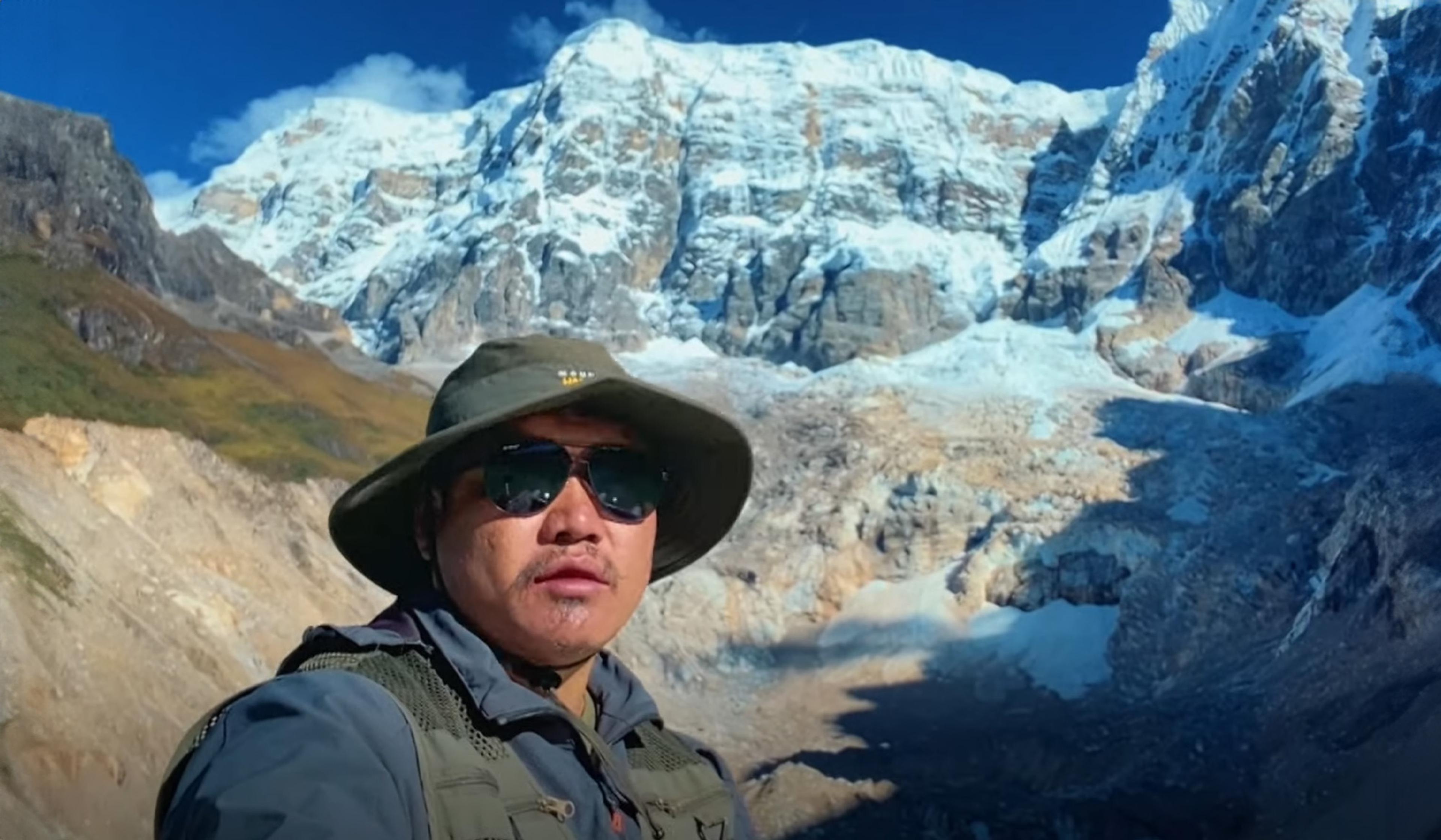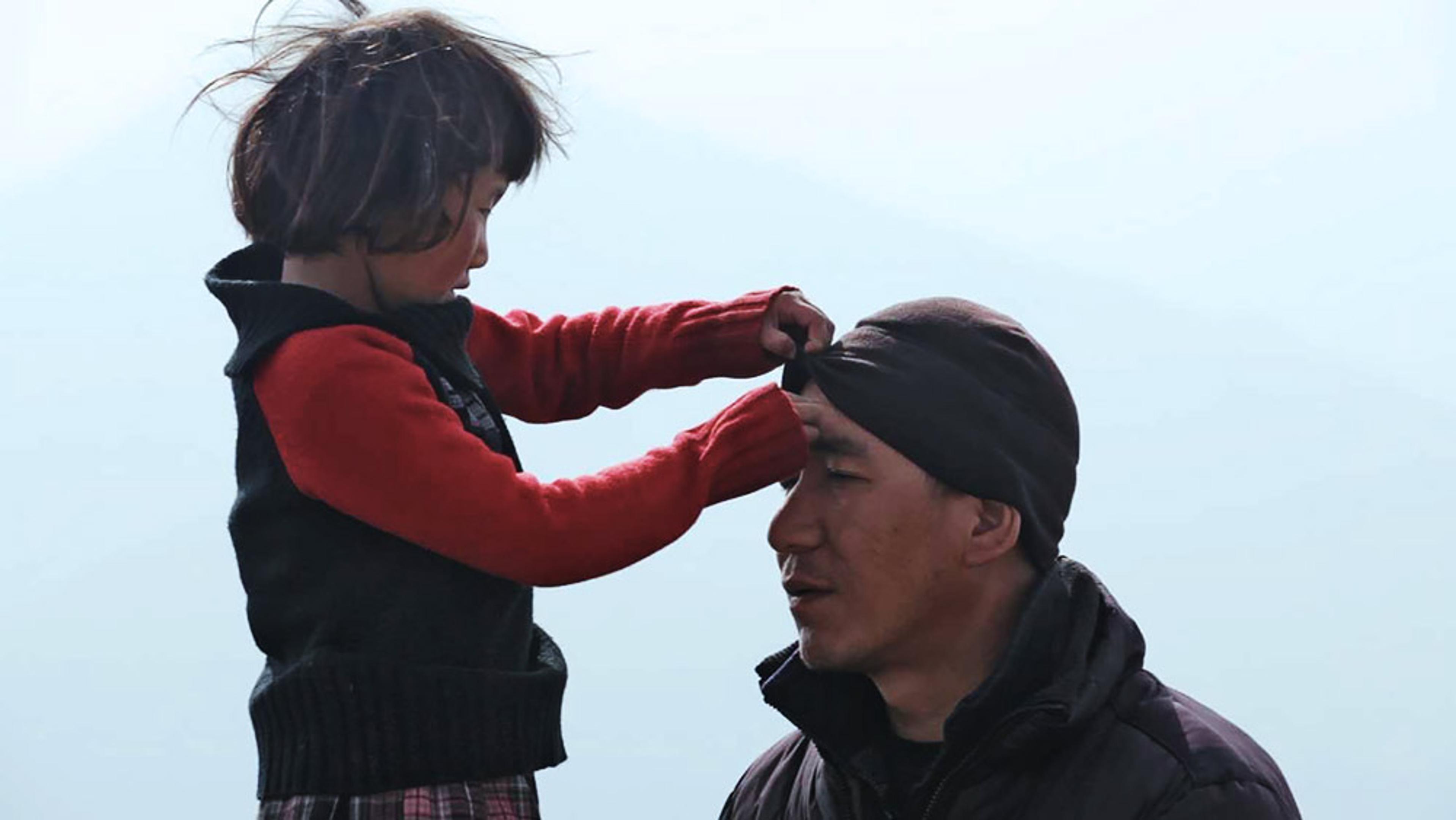Relations between Tibet and China have been fraught for centuries. However, China’s 1950 invasion of Tibet, and its repression of an ensuing 1959 Tibetan uprising which resulted in the Dalai Lama fleeing to India, marked a definitive turning point. Since that time, the migration of Han Chinese – China’s ethnic majority – and an influx of global tourism to the region has resulted in significant encroachments on and challenges to traditional Tibetan Buddhist culture.
Filmed in 2011, the US director Russell O Bush’s short documentary Vultures of Tibet offers a small window on to cultural tensions on the Tibetan Plateau. Set in the historically Buddhist town of Taktsang Lhamo, home to two monasteries, the film is centred on the practice of sky burials, in which the bodies of the Tibetan dead are fed to wild griffon vultures. For the town’s Tibetan Buddhist population, it is a sacred means of helping the dead’s spirit transition to the next life – a final earthly offering to creatures believed to have the wisdom of deities. However, for much of the rest of the world, the tradition is a morbid curiosity, and increasingly attracts unwelcome tourists, whose pictures end up in all corners of the internet. An accomplished work of contemporary anthropology, Bush’s film is a powerful examination of nature and culture, tradition and modernity, oppression and exploitation.








